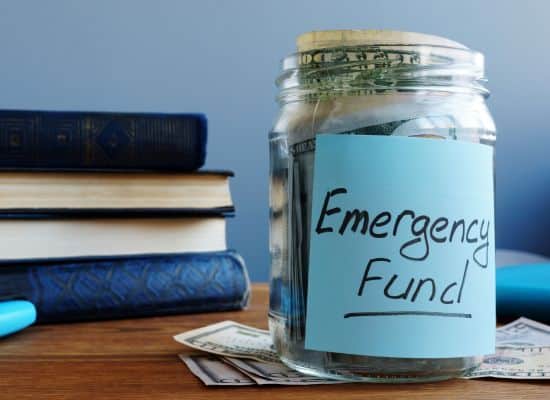Your car breaks down. A medical emergency arises. You suddenly face a job loss. These aren’t just stressful life events; they are financial earthquakes without a solid foundation. An emergency fund is that foundation—a pool of money set aside to cover unexpected expenses without derailing your life or plunging you into debt.
Think of it as your personal financial airbag. You hope you never need it, but you’d never drive without one.
Why an Emergency Fund is Non-Negotiable
-
Breaks the Debt Cycle: Without savings, an unexpected ₹50,000 hospital bill often means swiping a credit card or taking a high-interest loan. An emergency fund lets you handle the crisis without starting a cycle of debt that’s hard to escape.
-
Reduces Stress and Provides Peace of Mind: Financial worry is a huge source of anxiety. Knowing you have a buffer allows you to sleep better and make clearer decisions, not desperate ones.
-
Protects Your Long-Term Investments: If you’re forced to sell stocks or redeem mutual funds during a market crash to cover an emergency, you lock in losses. An emergency fund shields your investment portfolio from being cannibalized during a crisis.
How Much is Enough? The 3-6-12 Rule
The right amount depends on your financial stability:
-
3 Months of Expenses: The minimum. Good for those with a stable job, dual incomes, or no dependents.
-
6 Months of Expenses: The sweet spot for most individuals and families. It provides a comfortable cushion to navigate job loss or a major repair.
-
12 Months of Expenses: Recommended for those with variable income (e.g., freelancers, business owners), a single income source supporting a family, or those in volatile industries.
How to calculate it: Tally your essential monthly living costs—rent, groceries, utilities, loan EMIs, and insurance. Multiply by the number of months you’re targeting.
Where to Park Your Emergency Fund?
This money isn’t for growth; it’s for safety and liquidity. It must be easily accessible within a day or two.
-
Savings Account: Good for a small, immediate portion, but interest rates are low.
-
Liquid Mutual Funds: The ideal choice. They offer higher returns than a savings account, are extremely low-risk, and you can redeem them usually within 24 hours. They are more tax-efficient than fixed deposits for periods under 3 years.
-
Short-Term or Arbitrage Funds: Another good mutual fund option with slightly higher potential returns while maintaining low risk and high liquidity.
-
Avoid: Lock-in instruments like Fixed Deposits (unless it’s a sweep-in FD), stocks, or crypto. The goal is not high returns, but capital preservation.
Your 5-Step Plan to Start Today
Building this fund can feel daunting. Don’t be overwhelmed.
-
Set a Mini-Goal: Start with a small, achievable target like ₹25,000 or one month’s rent.
-
Automate It: Set up a monthly Auto-Sweep from your salary account to a Liquid Fund or a separate savings account. Start with whatever you can—₹1,000, ₹2,500. Consistency is key.
-
Redirect Windfalls: Deposit a portion of your bonus, tax refund, or gift money directly into this fund.
-
Cut One Expense: Identify one discretionary expense (like dining out or subscriptions) and redirect that amount each month.
-
Replenish: If you ever use the fund, make rebuilding it your next financial priority.
What Qualifies as a “Real” Emergency?
-
Yes: Medical bills, urgent car or home repairs, essential appliance replacement, living expenses during sudden unemployment.
-
No: A holiday sale, a new smartphone upgrade, wedding shopping, buying gifts.
An emergency fund isn’t glamorous, but it is the cornerstone of any solid financial plan. It’s the first step towards true financial freedom and security. Start small, but start today.
Disclaimer: This article is for educational purposes only and should not be considered financial advice. The choice of investment vehicle depends on individual risk appetite and financial goals. Please consult with a qualified financial advisor before making any investment decisions.
